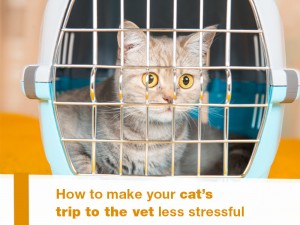
For many cats the trip to vet is not a pleasant experience and it is not hard to understand why. From the cat’s point of view, going to the vet usually means going for a car trip inside a cat carrier, to an unknown environment filled with potential threats such as unfamiliar humans, cats and dogs, only to be handled by a stranger and possibly go through even more unpleasant experiences such as taking pills or being vaccinated.
Many cats are not comfortable with the whole process but with a little help from their owners the trip to the vet doesn’t have to be so difficult for them.
A good starting point is to help your cat or cats get used to and even enjoy spending time in their carrier. Leave your carrier out, open it and place comfortable bedding inside to invite your cat to go in and take a few naps there on its own. You can also leave a piece of clothing from someone who is familiar to him or her inside the carrier, leave a couple of treats or toys around, spread some catnip and you can also spray synthetic cat hormones to encourage your cat to feel secure and comfortable inside it. Don’t forget to give your cat a few cuddles when he or she is inside the carrier to reinforce and praise this positive behaviour.
When cuddling your cat at home touch your cat’s face, ears, feet and lift its lip to have a look at their teeth so all this will be familiar to them when they need to be examined by a vet.
You can also take your cat for short car rides every now and then so he or she can get used to the experience and use a towel to cover the carrier to reduce motion sickness. If your cat tends to feel sick with car trips try not to feed it for a few hours before going for a car ride. You can also mention this to your vet since there are medications that can help your cat with motion sickness. Catnip and synthetic cat hormones are also great options to make the car trip more appealing. Always carry your cat’s carrier gently and reward your feline companion with attention and treats after each successful car trip.
This issue is taken very seriously by veterinary practices and nowadays most practices do their best to ensure vet trips are more positive experiences for their feline patients. Many practices have separate wards for cats, separate consulting rooms and even separate receptions areas for cats with pheromone diffusers to make the environment more welcoming.
It can also be helpful to wash your cat carrier after a visit to the vet to remove any smells that might upset your cat.
The sooner you start getting your cat used to these procedures the better. Kittens are a lot more open to new experiences so ideally owners should start getting cats used to their carrier, to car trips and to trips to the vet as early as possible.
Would you like to know more about cats? Check our Feline Courses:
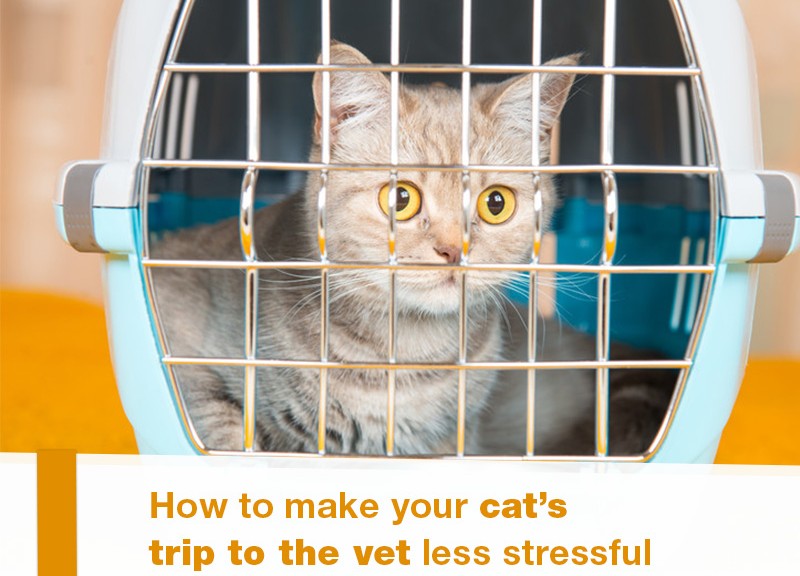
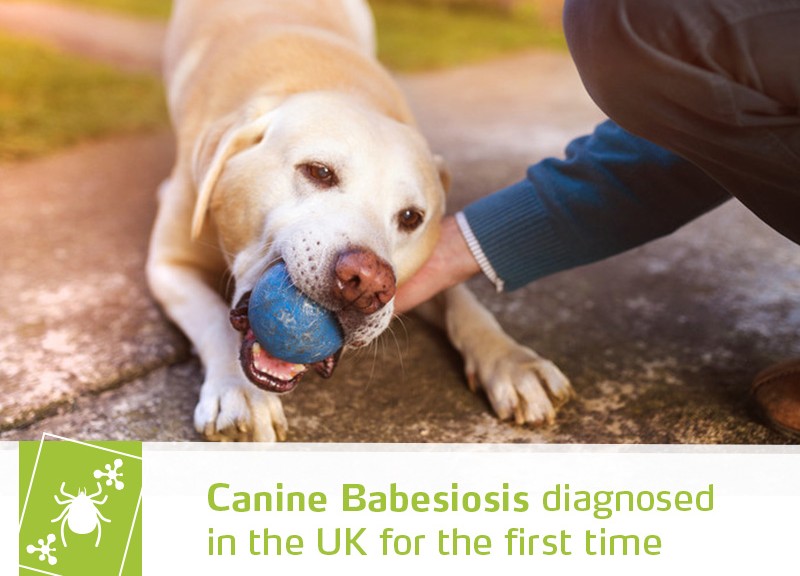
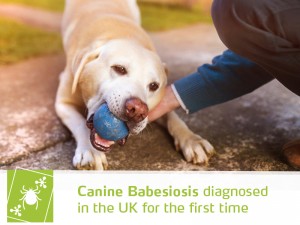
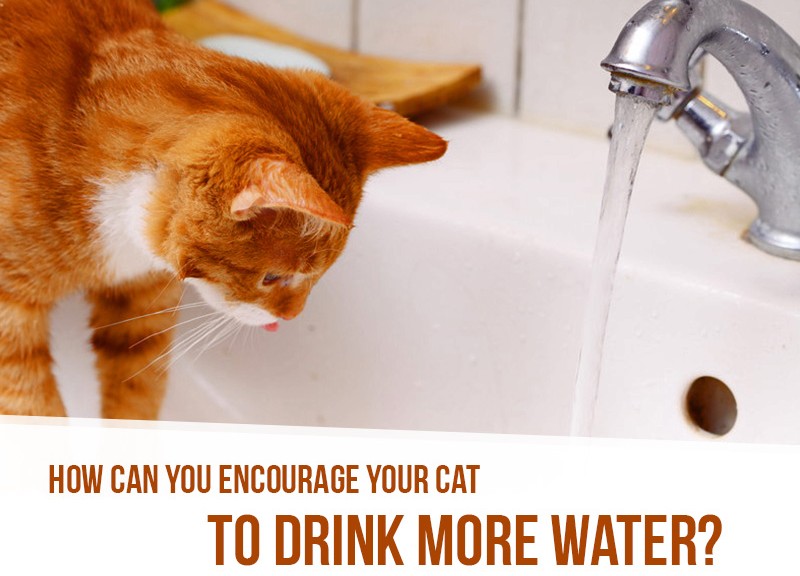

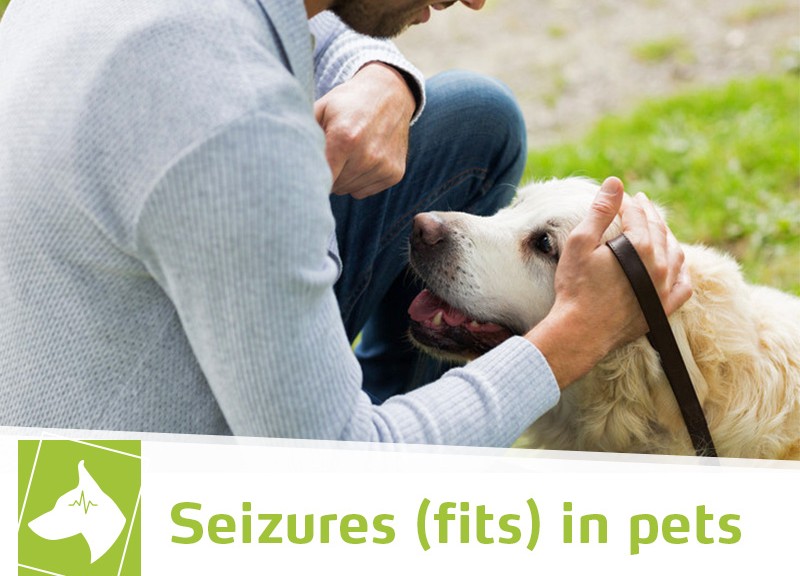
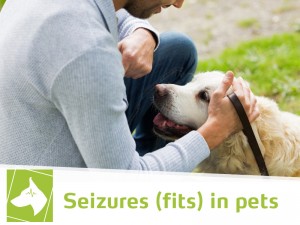 ´
´